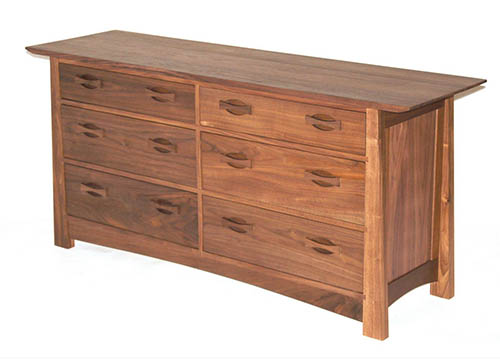
Tarik Yousef was introduced to woodworking in middle school shop class, and “I just took to it really well and really enjoyed it. It didn’t take long for me to start buying tools and messing around with stuff.”
Even while in college, where he studied mechanical engineering, Tarik continued to be active in woodworking, setting up a small business two or three years in to accommodate the requests from people who wanted to buy his products. “I believe when I graduated college, I always had one person on staff at all times, who helped me produce what I needed to produce.”
After graduation, he worked for five years as an engineer at Honda, “at the same time building furniture nights and weekends and essentially every waking moment, every free moment that I had. I had guys literally working night shift to build furniture for me. It’s a little unusual, but it worked.”
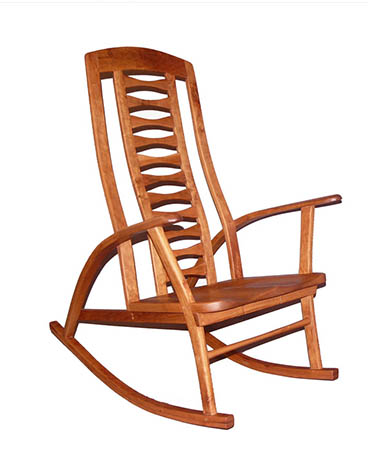
Overall, Tarik found that engineering and woodworking “play really well together in different ways. I enjoyed the creative aspects of furniture making, and I think that’s what engineering is completely missing as a field, but those two together were really great” – but, eventually, he determined that he couldn’t do it all and decided to focus his efforts full-time on his furniture business.
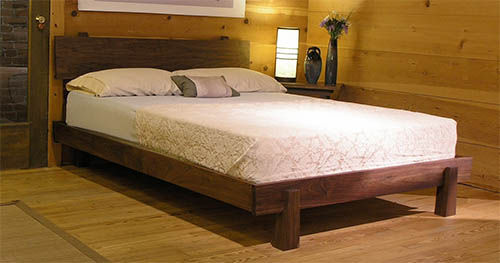
When first starting out at T.Y. Fine Furniture, much of the work was custom work, including things like side tables and small furniture. “The first real item that gave me a taste of designing a piece and seeing it take off was the Horizon Bed,” Tarik said. “That was kind of like the first piece I designed start to finish and introduced and people started showing an interest in. It’s the first piece I took to a true production style of furniture making.”
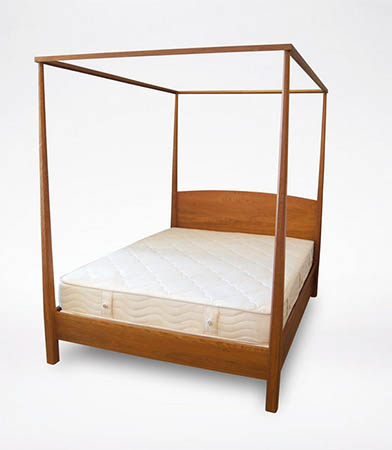
Bed frames still “are kind of our bread and butter,” he said, although his style has evolved over the years. When he started out, for instance, classic Shaker cherry furniture “was the stuff I was just absolutely in love with.” He then moved toward a more Scandinavian and Danish influence, and then “I moved into a more Japanese-inspired look, almost like George Nakashima kind of stuff.”
In the past six or seven years, Tarik said, “It’s really been about Modern. It’s almost full-circle, not too different from Shaker in a lot of ways: kind of simpler lines, squarer pieces, that kind of thing.”
With the Modern collection, “From day one, I knew it was something I wanted to do.” Lately, T.Y. Fine Furniture has been doing a lot of work with a Connecticut architect who trained under one of Frank Lloyd Wright’s students, “and I think that kind of rubbed off on me a little bit,” Tarik said, in the sense of “knowing you can do that kind of stuff and there are still people who appreciate it and people who are interested.
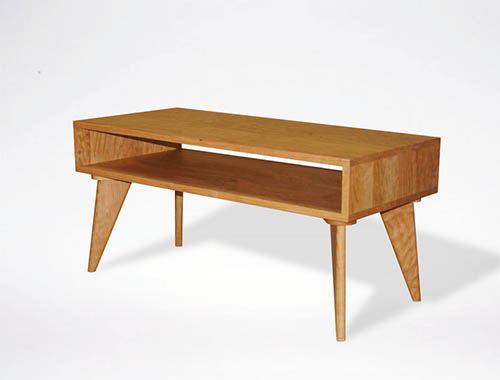
“Modernism is not particularly big in Columbus, Ohio,” he noted. On a nationwide scale, however, “It definitely is still relevant. I think the Modern stuff sells a lot better in the big cities: tighter spaces tend to make people want lighter looking, simpler lines. They don’t want the busy-ness or the format of older, more traditional styles.”
Customer preferences also drive Tarik’s wood choices, with walnut being popular these days. It’s a beautiful wood, but “I still appreciate cherry the most, personally,” he said. “A close second for me is maple. There’s something about that closed, tight grain with maple or cherry that gives a really nice finished appearance that I like quite a bit.”
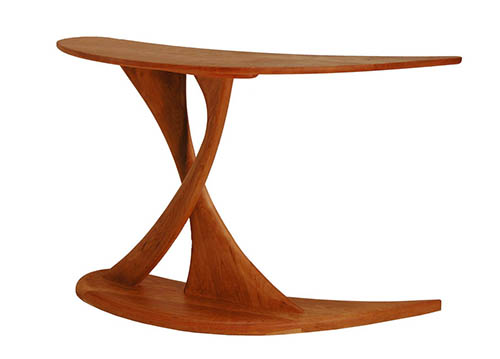
Speaking of finish, in addition to his furniture, Tarik also sells a couple of specialized finishes – although he didn’t originally intend to. “When I first started woodworking, I tried pretty much every stain and finish, everything you can imagine, and I just never really liked anything I ever tried out,” he explained. Linseed oil was his choice for a while, “but it just was kind of missing something. Linseed lacks a certain luster and feel that I want.”
Handily, Tarik’s dad is a microbiologist, “so I kind of tapped into his resources and talked to him a lot about the chemistry and how we could make something that is a little more durable and nicer-looking and easier to apply and all that, and that’s how we ended up with our finish formula.”
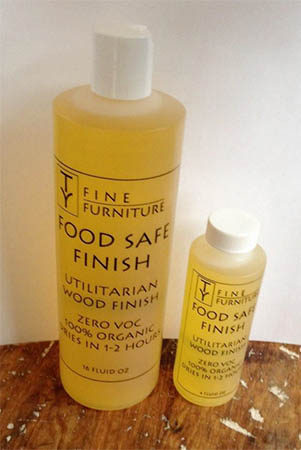
Technically, it’s two finish formulas: an organic Food Grade Wood Finish and a Furniture Grade Wood Finish. Tarik describes the Food Grade Wood Finish as “a pretty simple, straightforward finish that pretty much anyone can apply easily. It looks good; it dries quickly, and it’s very, very, user-friendly.” The Furniture Grade Wood Finish “has much more waxes in it. It builds a harder coat and protects the wood a lot better, but it’s still a one-coat finish.”
Tarik never intended to sell the finish to woodworkers, “but what happened was, I had a friend who heard about it. He was really the one who was kind of like, ‘Hey, why don’t you bottle this stuff? I want to use it for my own stuff,’ and once he used it, it was like, ‘Oh my god, this is incredible, I want my friends to use it.’ He became essentially the sales rep for that line.”
Tarik originally wanted to develop the finish for himself, and that personal preference plays in to his furniture designs as well. Across all of his collections, Tarik said, “You can kind of see a little bit of this and a little bit of that in each piece.” His current repertoire “are the winners that I like and could live with every day of my life. We’ve whittled through quite a bit over the years. If I don’t like making it or I don’t always like it, I’m just not going to offer it anymore.”
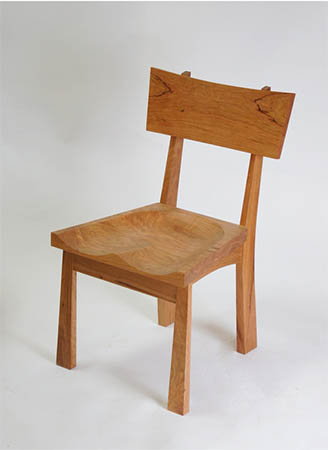
That isn’t to say he doesn’t have favorites – like the Enso collection. “There’s just something about it. It’s harmonious with my natural design style, and it just flows really well for me. It’s always been one of the lines where a customer comes up to me and says, ‘Hey, I want an armoire out of this, I want a bench, I want this, I want that – it’s one of those styles I can almost envision it instantly and know what I want to do and how I want to do it.”
For all of his pieces, he said, his goal is to “feel like my customers can live with it and love it and enjoy it and not feel like it’s a fad or something boring after a few years.”





